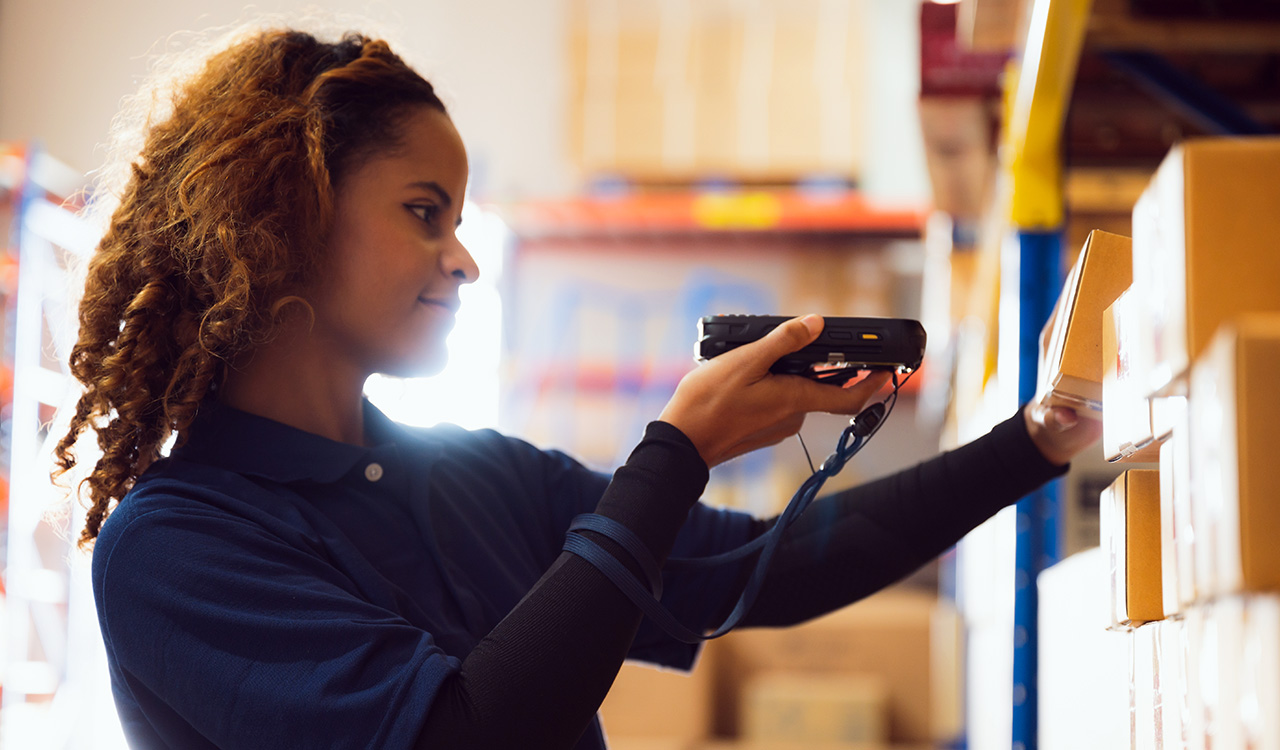In 2019, nearly half of all ecommerce sales happened on mobile devices. We\’ll get even closer to 50 percent in 2020 and should tip over the halfway mark by 2021 when the majority of e-commerce transactions will happen on mobile devices.
To work in that format, e-commerce experiences must feel intimate, personal, and immediate. Mobile devices, after all, are where we go for up-to-the-second news and information about the people we care about most. Commerce needs to replicate that experience authentically and transparently.
Here\’s what this means for e-commerce retailers in 2020 with three key insights:
- Mobile isn\’t optional. As e-commerce increasingly means mobile commerce, retailers need to adapt quickly. According to Google research, retail websites are currently among the slowest, which is a problem when 53 percent of mobile users leave a page that takes more than three seconds to load. But it\’s not just about ensuring a fast experience for mobile devices: 73 percent of shoppers will navigate away from a mobile website that doesn\’t make it easy for them to buy. If you\’ve been thinking in terms of desktop-first or responsive websites, 2020 is the year to shift to mobile-first design.
- Visuals matter more than ever. On a mobile screen, there\’s limited real estate, which means e-commerce brands have to communicate information instantly in less space. In this case, that means using visuals to telegraph the message: 83 percent of buyers say product images are the most important factor in their buying decision. The presence of images isn\’t enough, though; buyers want to see a lot of images of an item before they buy. In 2016, shoppers expected just three images of every product; today, they expect eight. Even Amazon, which only allows seven photos per listing, isn\’t keeping up – but that creates opportunities for smaller e-commerce brands hoping to stand out.
- Companies need to blend technology and human empathy to create winning customer experiences. Eight images per product for a catalog of thousands of products is unworkable. Ditto for configurable products – a customizable suit, for example. If you have five cuts, 45 fabrics, 20 colors, three lapel choices, and four button choices – and you need eight images of every iteration – you\’d need 432,000 photos. At $50 a pop, you\’re looking at $21 million in photography costs. It\’s just not feasible. You need software to help generate some of those images virtually. But you also need humans to design mobile-friendly interfaces that make it easy for shoppers to configure their suits on a phone screen, ensure images load quickly, and make checking out effortless. In 2020, blending human expertise with software-driven efficiency will be key to winning customers.
E-commerce retailers who have been keeping up with gradual changes in online shopper behavior will be well-positioned to adapt to the changes coming in 2020. Those who have delayed updating online infrastructure and design should consider this a major opportunity or get left behind. Brands that give mobile shoppers what they want will find that business booms in 2020 and beyond. Get mobile before it\’s too late!



